Author: Anna McQuinn
Illustrator: Rosalind Beardshaw
Publisher and Year: Charlesbridge, 2014
Number of Pages: 24
Genre: Fiction
Analysis: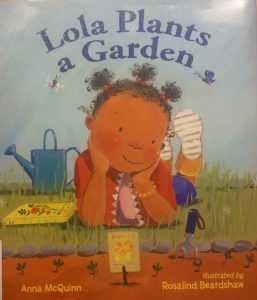
This book is about a little girl named Lola who creates a garden with her parents. Throughout the book we see how she goes about making her gar
den and we see it grow into a beautiful creation.
This text can function as a window, mirror and a door for the readers. It would
function as a window for readers who have never planted a garden of their own. In the text they will see and learn the process of how to create a garden and what one needs to help a garden grow. For readers who have experience with gardening this text would function as a mirror since it is something they can relate to. When reading this story they can connect their own experiences with Lola’s experiences. This text can also function as a door for readers who want to apply Lola’s idea to their own lives. Maybe for these readers after reading this text realize how fun it can be to plant a garden and they go off and plant on of their own. The main characters of this text are African Americans but there is diverse culture throughout the story. When Lola has her friends over to see her garden three different cultures are represented. This presence of culture makes the story a lot more relatable for many different types of readers. I like how in this story Lola decides that she wants to make a garden and she works hard to make it happen. She goes to the library to pick up books about flowers, goes to the seed store, and learns how to care for a garden. This shows how independent Lola is that she is able to work hard for something she wants without her parents doing all the work for her. I think that this is an important message for young readers to see so they know that if they want something in life they will have to work hard to achieve it, someone will not do it for you.
The images within this text are beautiful. They are full of color and the images seem to come alive when the flowers start to grow. In the text Lola is always facing towards the right showing that she is moving forward with her garden. It is seen in the illustrations how excited Lola is to plant her own garden just like her mom’s. I really enjoyed reading this book; the images made it fun and it can show readers that if they work hard towards something they want they can create a beautiful thing.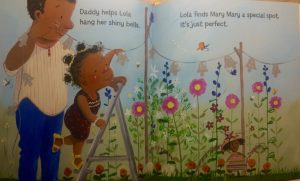

 This story is about a young girl and her love for paletas and her barrio. A paleta is an icy fruit popsicle, and a barrio is a neighborhood. On each page she talks about all the roles that the paleta plays in her neighborhood.
This story is about a young girl and her love for paletas and her barrio. A paleta is an icy fruit popsicle, and a barrio is a neighborhood. On each page she talks about all the roles that the paleta plays in her neighborhood.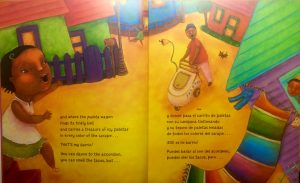
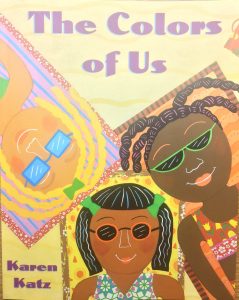
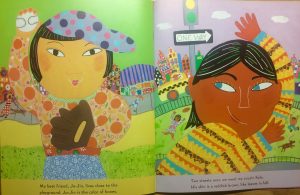
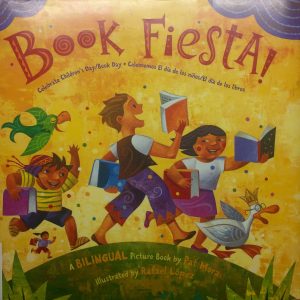 Analysis:
Analysis: 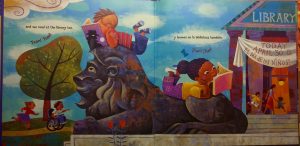

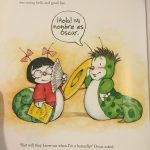
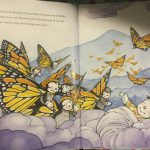

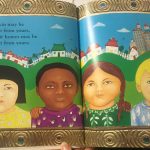
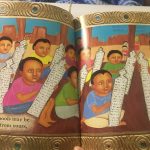
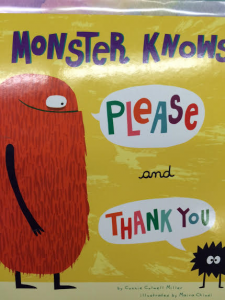
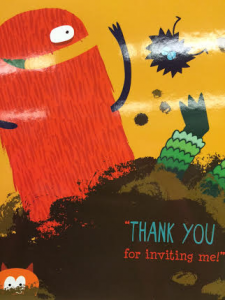
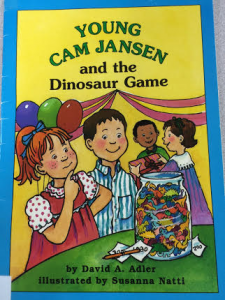

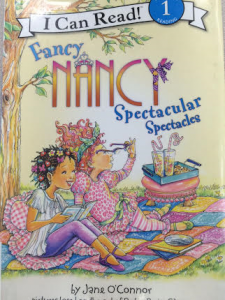
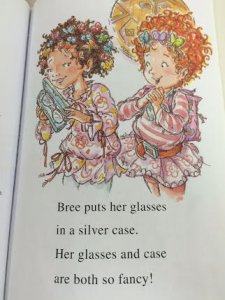
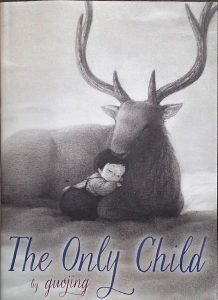
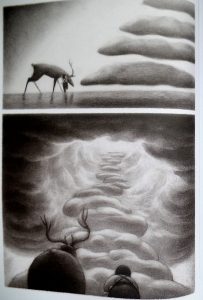 A lonely, only child runs away from home and finds a mysterious stag that takes her to a magical world. In this world, she feels loved and eventually misses home. Guojing takes us through the young girl’s journey back home to her family.
A lonely, only child runs away from home and finds a mysterious stag that takes her to a magical world. In this world, she feels loved and eventually misses home. Guojing takes us through the young girl’s journey back home to her family.